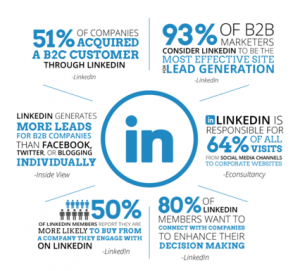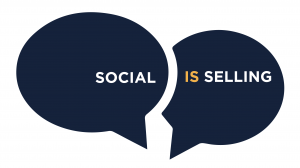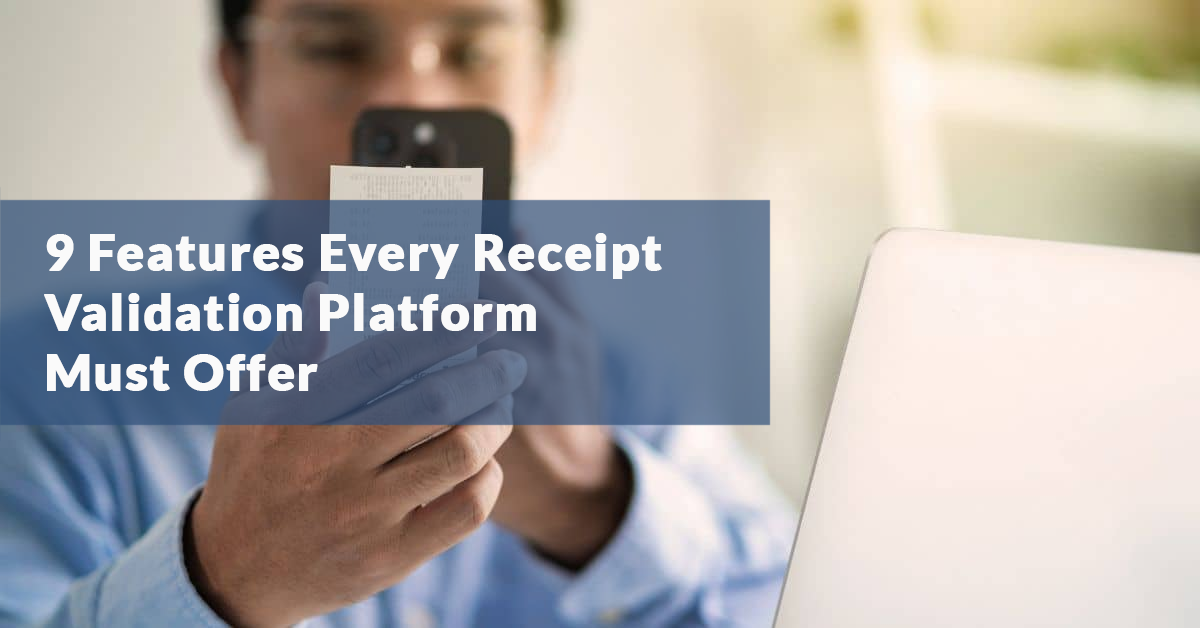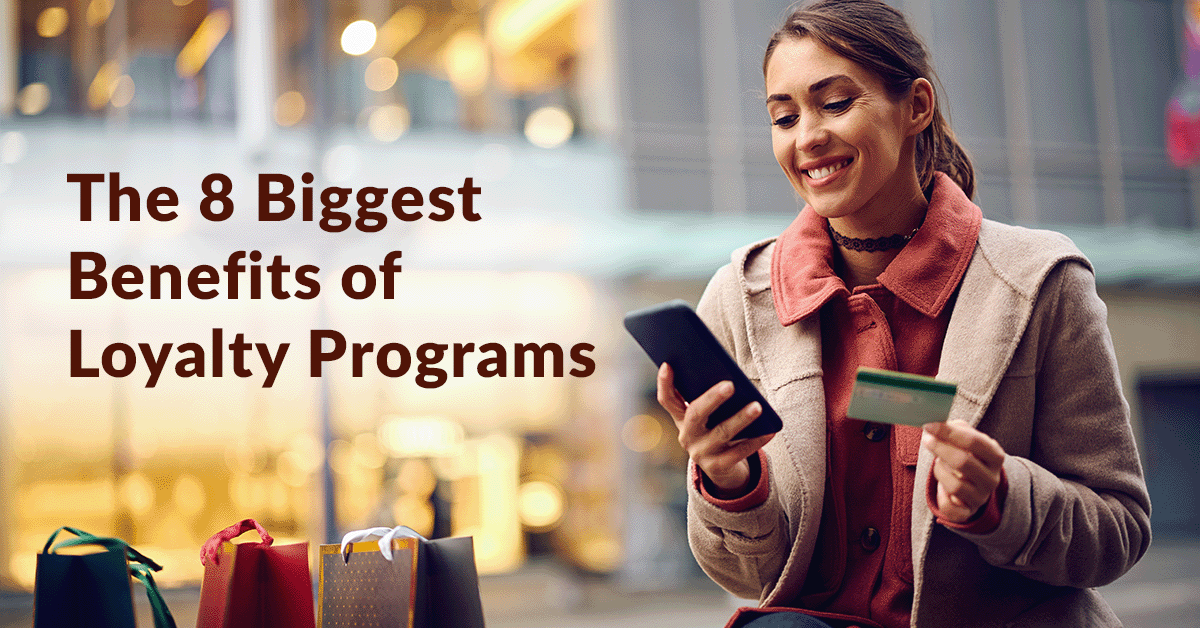Social Selling has been an interesting topic of conversation recently with many companies adopting social selling strategies into their sales models. We know the main social platform for business as LinkedIn with Twitter, Facebook and some of the others in a smaller group of their own. Marketers, sales reps and recruiters a-like are leveraging social platforms like these to build relationships by engaging with their potential prospects. All of these communities are essentially a massive database of potential buyers and sellers. If you're interested in how you can take advantage of these platforms, keep reading.
What is Social Selling
Social selling is a lead-generation technique where you directly interact with your prospects on social media platforms. By building meaningful relationships in common interest communities or groups, you have a higher chance of earning a clients trust and business. Looking to the future, it could also be the difference between a recommendation or referral for a future project. This makes it essential to develop, establish and implement an appropriate social selling plan that encompasses both a company and its employees in the strategy.
Social media platforms have been great for referrals as a Nielsen report found that 80% of consumers will make a purchase based on the recommendation from someone on their network. These platforms allow us to become members of groups with showcase content that resonates with us. It can be a great way to stay informed on various industries, provide access to forums that ask different questions and help find new solutions. LinkedIn Groups can be created to serve a niche market or distribute relevant information to the masses.
Why Social Selling is Important
Your potential customer wants to know more about you as a sales professional and the companies’ values to enhance their buying decision. Things will matter to them and may touch a person cord regarding articles, videos, posts and other content you or the company have liked and shared. It’s impossible to make everyone happy but it’s important to accommodate your key audience.

Professionals in all industries have done things to enhance their social profiles like remove pictures of them with alcohol or Tabac, join/leave certain online groups and even delete or reduce the number of connections they have.
As a community, it’s necessary to build relationships that add value to each others network. As many companies now conduct B2B research on potential partners through these outlets, it’s essential for your digital presence to have the companies image tailored to its potential customers.
At the same time, this is a terrific opportunity for companies to go on the offensive and express themselves! In the corporate world, it can be easy to play it safe and keep a low profile but other companies like Nike have created incredible social media, marketing and advertising campaigns by speaking out on issues that they believe their customers care about through channels they understand.
How to Get Started With Social Selling
For B2B professionals, LinkedIn is the platform of choice to do prospecting, additional outreach but more importantly, add value to the community where their potential customer congregates. Not everyone is open to or will appreciate a cold pitch before or after connecting. Sometimes it is necessary to show your industry knowledge and credibility in order to earn a conversation with your prospects.
It’s important to know that if you are on social media, LinkedIn specifically – You’re automatically a potential customer to someone. Don’t be surprised when you receive a cold pitch here and there because by putting yourself online, you’ve now made yourself visible to sellers. If you’ve noticed in most chat options for online platforms, they now have AI conversation learning algorithms that will help you finish a sentence. Usually, one of the most common responses is “No Thanks”.
As time goes on, as a community, we will eventually come to some unwritten ground rules on cold pitch etiquette, rules of connection engagement and common courtesies for communication.
Until then, keep it friendly and casual for best results.






